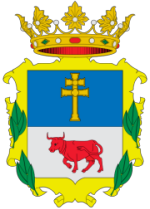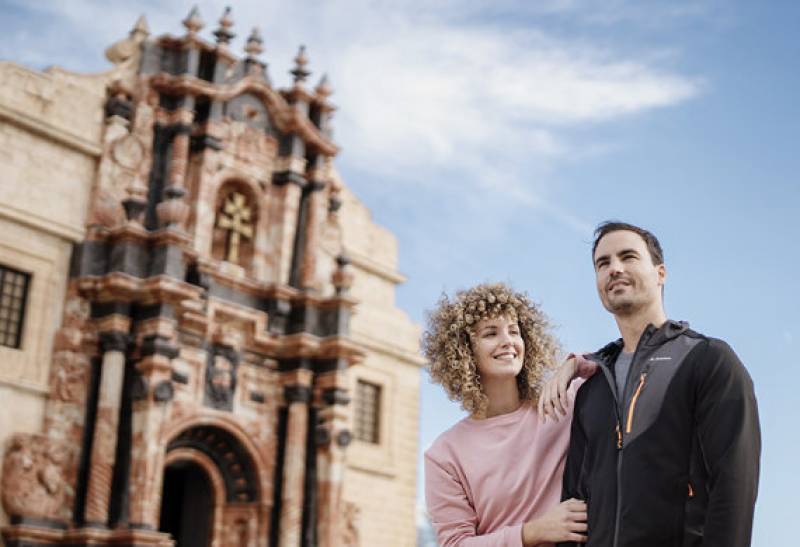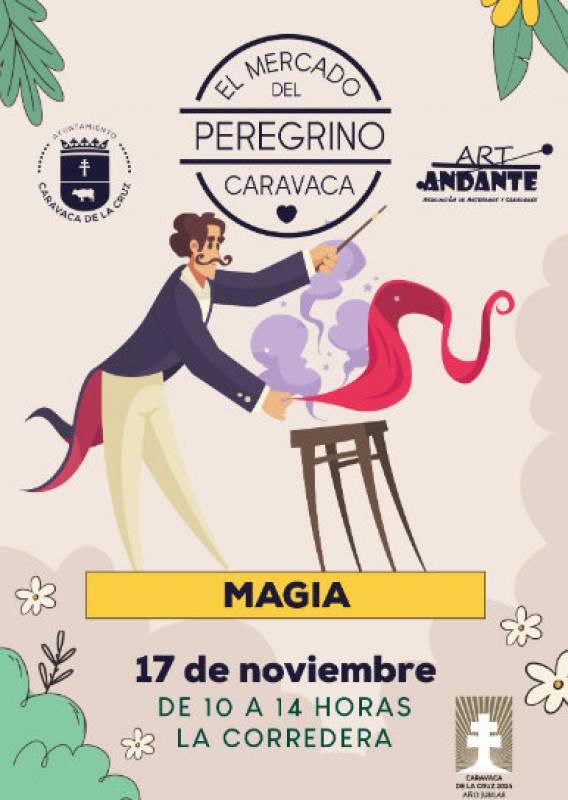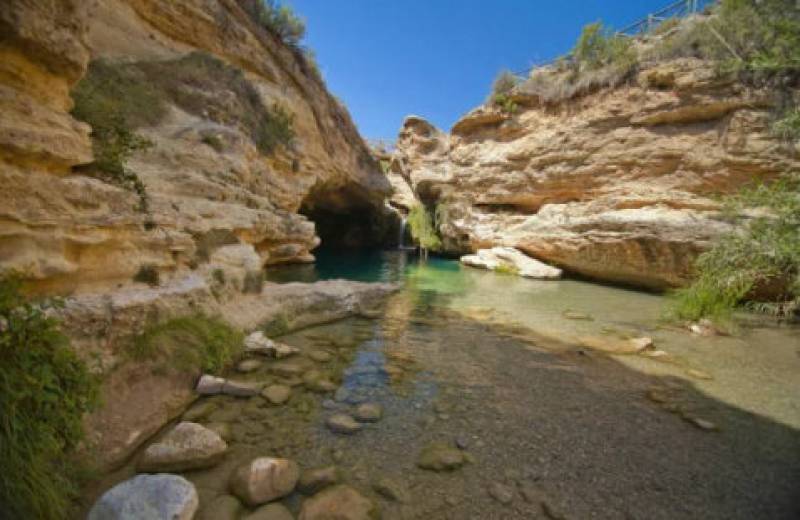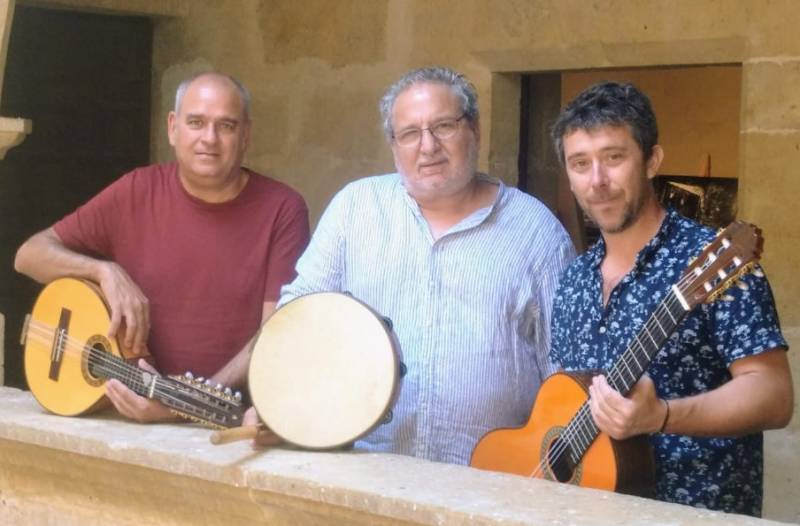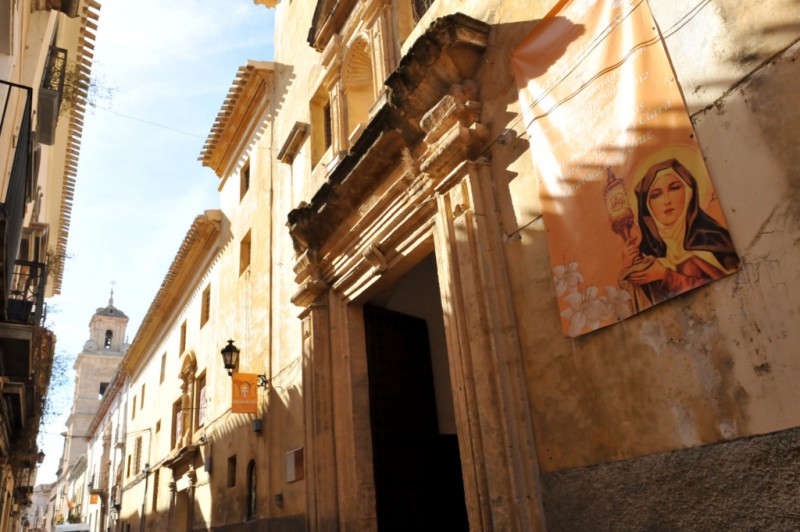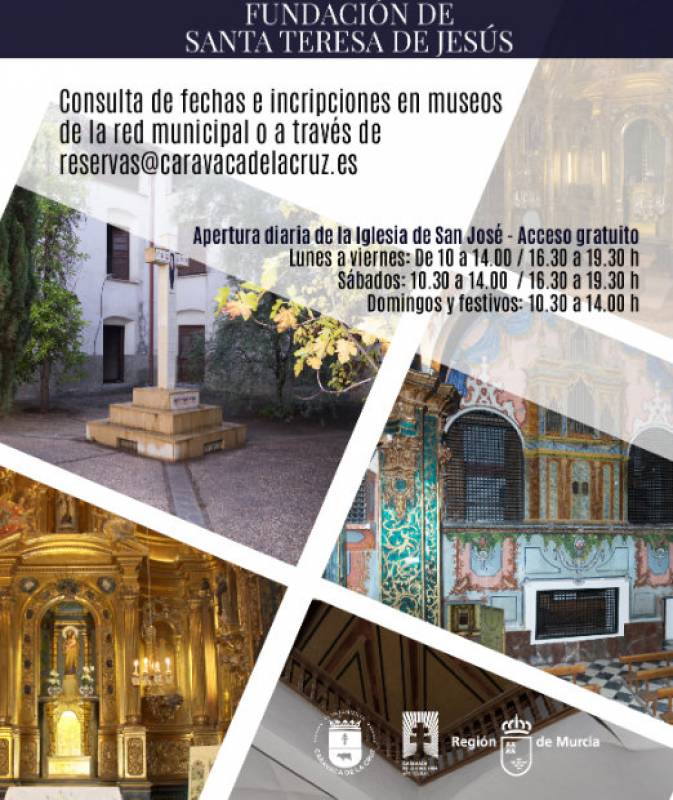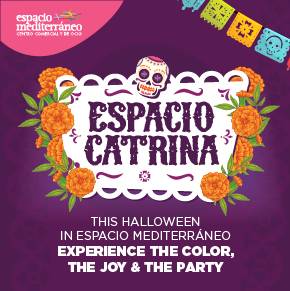- Region
- Águilas
- Alhama de Murcia
- Jumilla
- Lorca
- Los Alcázares
- Mazarrón
- San Javier
-
ALL AREAS & TOWNS
- AREAS
- SOUTH WEST
- MAR MENOR
- MURCIA CITY & CENTRAL
- NORTH & NORTH WEST
- TOWNS
- Abanilla
- Abarán
- Aguilas
- Alamillo
- Alcantarilla
- Aledo
- Alhama de Murcia
- Archena
- Balsicas
- Blanca
- Bolnuevo
- Bullas
- Cañadas del Romero
- Cabo de Palos
- Calasparra
- Camping Bolnuevo
- Campo De Ricote
- Camposol
- Canada De La Lena
- Caravaca de la Cruz
- Cartagena
- Cehegin
- Ceuti
- Cieza
- Condado de Alhama
- Corvera
- Costa Cálida
- Cuevas De Almanzora
- Cuevas de Reyllo
- El Carmoli
- El Mojon
- El Molino (Puerto Lumbreras)
- El Pareton / Cantareros
- El Raso
- El Valle Golf Resort
- Fortuna
- Fuente Alamo
- Hacienda del Alamo Golf Resort
- Hacienda Riquelme Golf Resort
- Isla Plana
- Islas Menores & Mar de Cristal
- Jumilla
- La Azohia
- La Charca
- La Manga Club
- La Manga del Mar Menor
- La Pinilla
- La Puebla
- La Torre
- La Torre Golf Resort
- La Unión
- Las Palas
- Las Ramblas
- Las Ramblas Golf
- Las Torres de Cotillas
- Leiva
- Librilla
- Lo Pagan
- Lo Santiago
- Lorca
- Lorquí
- Los Alcázares
- Los Balcones
- Los Belones
- Los Canovas
- Los Nietos
- Los Perez (Tallante)
- Los Urrutias
- Los Ventorrillos
- Mar De Cristal
- Mar Menor
- Mar Menor Golf Resort
- Mazarrón
- Mazarrón Country Club
- Molina de Segura
- Moratalla
- Mula
- Murcia City
- Murcia Property
- Pareton
- Peraleja Golf Resort
- Perin
- Pilar de la Horadada
- Pinar de Campoverde
- Pinoso
- Playa Honda
- Playa Honda / Playa Paraíso
- Pliego
- Portmán
- Pozo Estrecho
- Puerto de Mazarrón
- Puerto Lumbreras
- Puntas De Calnegre
- Region of Murcia
- Ricote
- Roda Golf Resort
- Roldan
- Roldan and Lo Ferro
- San Javier
- San Pedro del Pinatar
- Santiago de la Ribera
- Sierra Espuña
- Sucina
- Tallante
- Terrazas de la Torre Golf Resort
- Torre Pacheco
- Totana
- What's On Weekly Bulletin
- Yecla


- EDITIONS:
 Spanish News Today
Spanish News Today
 Alicante Today
Alicante Today
 Andalucia Today
Andalucia Today
article_detail
5 great destinations in the north-west of Murcia during the Holy Jubilee Year of 2024 in Caravaca
Caravaca and its neighbours Cehegín, Bullas, Calasparra and Bullas all offer a fascinating range of experiences to visitors
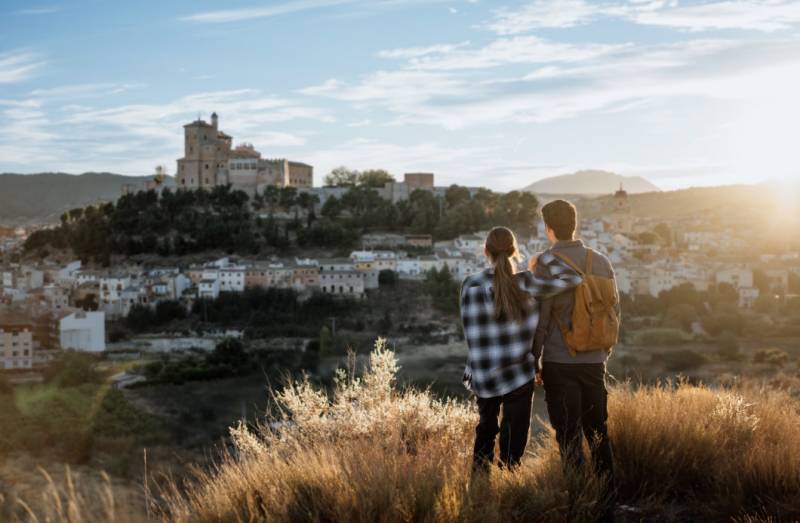 The city of Caravaca de la Cruz is one of only 5 to have been awarded the status of “Holy Cities” by the Vatican and is celebrating its latest Holy Jubilee Year in 2024, when large numbers of pilgrims and hikers will be making their journey to the Santuario de la Santísima y Vera Cruz.
The city of Caravaca de la Cruz is one of only 5 to have been awarded the status of “Holy Cities” by the Vatican and is celebrating its latest Holy Jubilee Year in 2024, when large numbers of pilgrims and hikers will be making their journey to the Santuario de la Santísima y Vera Cruz.
But at the same time, Caravaca is also the capital of the north-western area of the Region of Murcia and along with its neighbours is full of surprises, beautiful landscapes and fascinating monuments and stories.
For example…
1. While in Caravaca de la Cruz don’t imagine that once you have seen the Sanctuary of the Lignum Crucis (a fragment of the “True Cross” on which Christ was crucified) you have seen it all. For example, take the time to stroll around and discover the wonderful green oasis of the Fuentes del Marqués, which is a listed historical site.
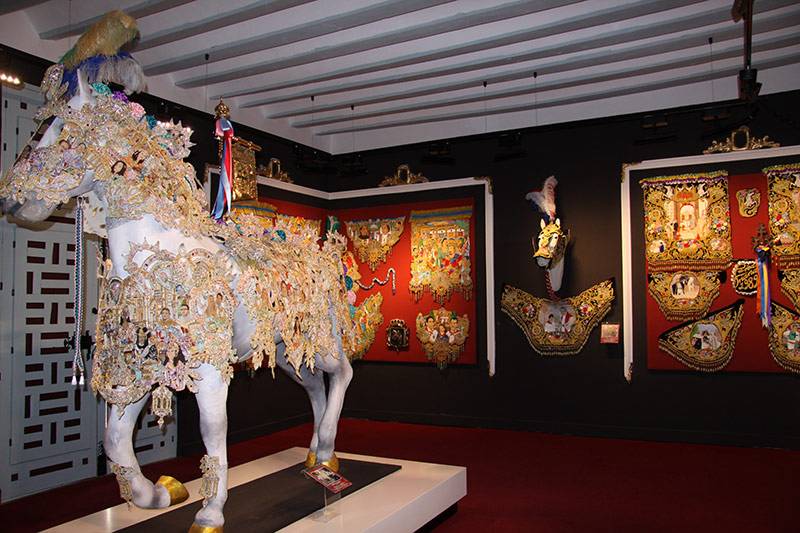 And at least once in your life you should make a point of visiting the unique local fiestas which are held every May in honour of the Santísima y Vera Cruz. This is an unbelievable experience, and even if you can’t visit in early May you can still see the Fiestas museum all year round, admiring the costumes worn by the Moors and Christians and the remarkable embroidered shawls worn by the wine horses which are so central to the events held.
And at least once in your life you should make a point of visiting the unique local fiestas which are held every May in honour of the Santísima y Vera Cruz. This is an unbelievable experience, and even if you can’t visit in early May you can still see the Fiestas museum all year round, admiring the costumes worn by the Moors and Christians and the remarkable embroidered shawls worn by the wine horses which are so central to the events held.
Just outside the city is the village of Barranda, home to the Museum of Ethnic Music, inside which around 1,000 instruments from all periods of history and all the continents are on display.
2. Moving on to Cehegín, just a couple of kilometres south of Caravaca, this wonderful historic town is sometimes referred to as “El pueblo de las Maravillas” (the town of marvels). Ever since the Middle Ages the Virgen de las Maravillas has been revered here, and not only is she the patron of the town but many of the local girls are still named after her.
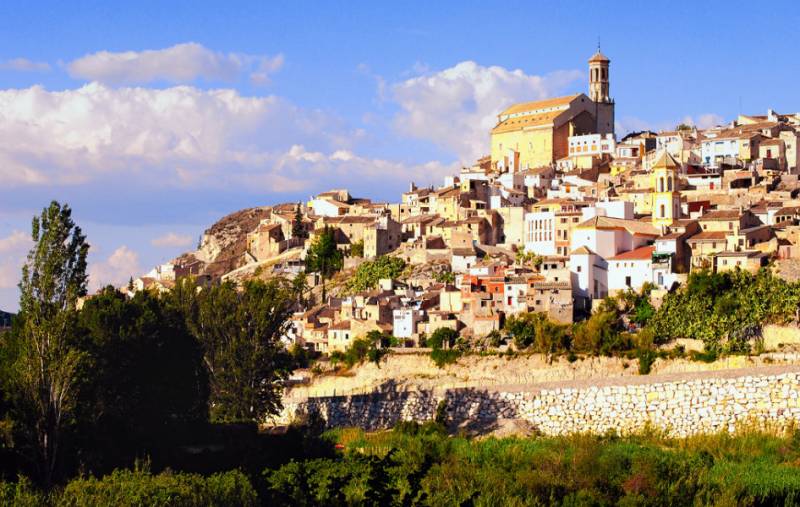 For sightseers the old town centre is an absolute must, having been declared a “Conjunto Histórico Artístico”: full of old noble residences, palaces, churches and viewing points, it is tempting to spend your whole visit taking pictures of the unforgettable sights!
For sightseers the old town centre is an absolute must, having been declared a “Conjunto Histórico Artístico”: full of old noble residences, palaces, churches and viewing points, it is tempting to spend your whole visit taking pictures of the unforgettable sights!
On top of that, many people are not aware of the fact that the municipality of Cehegín is also home to an absolute treasure trove for archaeologists: the ruined town of Begastri. This settlement was inhabited by Iberian tribes before the Roman and Visigoth occupations, and it is possible to see remnants from the Iberian culture of the 4th century BC!
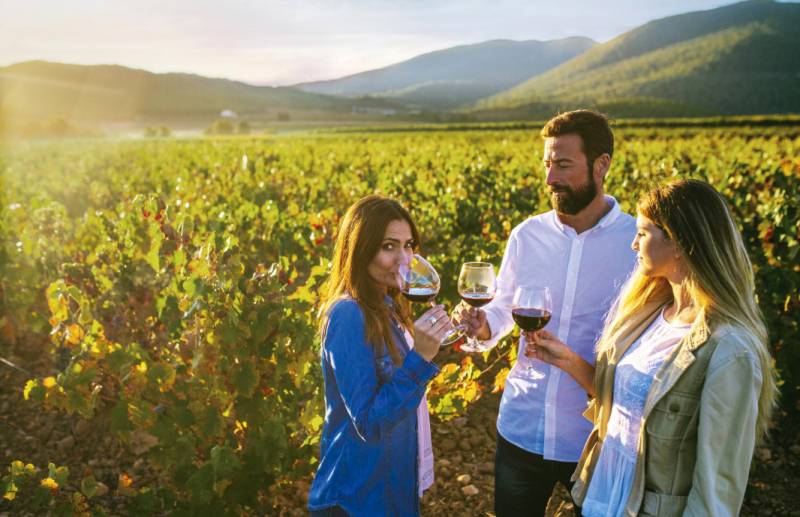 3. It’s also worth raising a glass to Bullas, one of the three Denomination of Origin wine producing areas in Murcia. Located in one of the most mountainous areas of the Region, the entire history of Bullas is closely linked to grapes and wine and numerous bodegas (or wineries) are affiliated to the local Wine Route. Reds are the main product in Bullas but there are also whites and rosés on offer: find out more at the fascinating Museo del Vino!
3. It’s also worth raising a glass to Bullas, one of the three Denomination of Origin wine producing areas in Murcia. Located in one of the most mountainous areas of the Region, the entire history of Bullas is closely linked to grapes and wine and numerous bodegas (or wineries) are affiliated to the local Wine Route. Reds are the main product in Bullas but there are also whites and rosés on offer: find out more at the fascinating Museo del Vino!
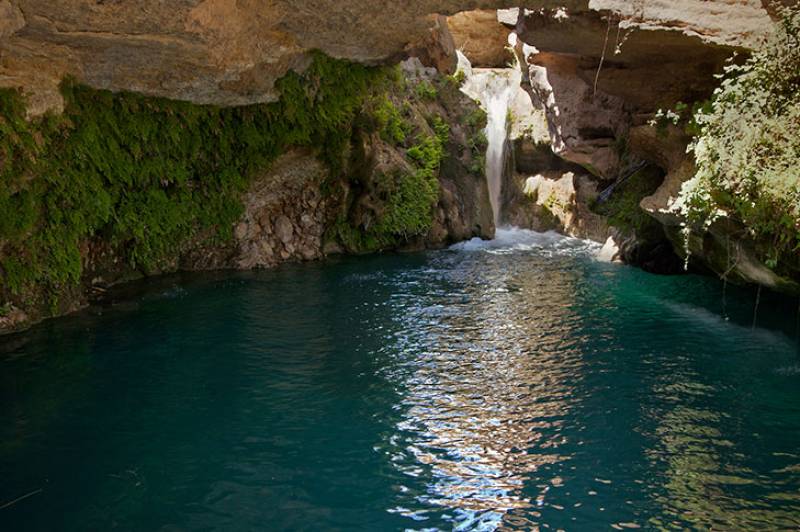 Other than wine, another of the main attractions of Bullas is the Salto del Usero, a beauty spot formed by the emergence of icy-cold water from the mountains into a waterfall and the pool it has formed below – intrepid hikers and pilgrims heading for Caravaca during the summer might want to take a dip, but it’s so popular that prior booking is required.
Other than wine, another of the main attractions of Bullas is the Salto del Usero, a beauty spot formed by the emergence of icy-cold water from the mountains into a waterfall and the pool it has formed below – intrepid hikers and pilgrims heading for Caravaca during the summer might want to take a dip, but it’s so popular that prior booking is required.
Also in Bullas, visitors and locals enjoy the flowering of the “Árbol del Amor”, the tree of love, so-called due to the heart-shaped leaves. In English this species is sometimes known as the Judas tree, due to the belief that Judas Iscariot hanged himself from the branches of one, and in Bullas there are plenty of them on the Vía Verde del Noroeste greenway bear El Carrascalejo.
4. Another jewel of the north-west of the Region of Murcia is Calasparra, a town of culture, nature, aventure sports, cave paintings, archaeological sites and the best rice money can buy! What more reason do you need to visit?
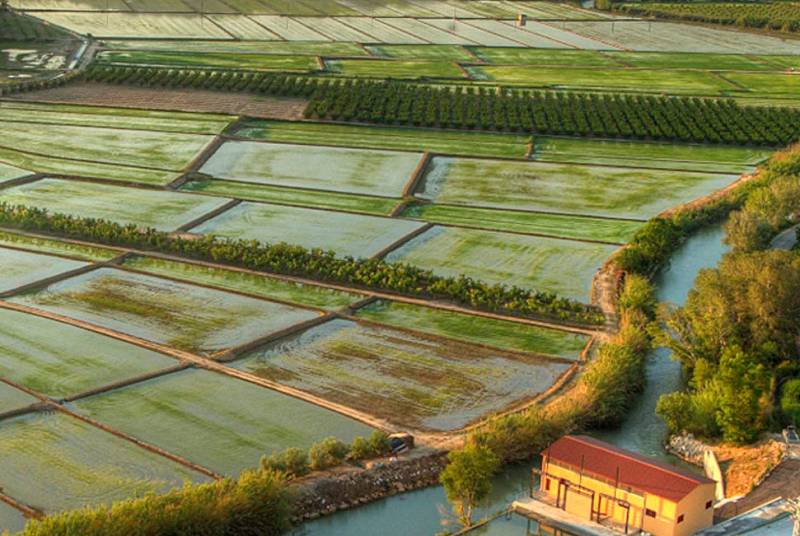 In some ways, though, the Denomination of Origin rice of Calasparra is at the heart of the town, and it can be enjoyed not only on the plate but also through a series of walks through the rice fields alongside the River Segura.
In some ways, though, the Denomination of Origin rice of Calasparra is at the heart of the town, and it can be enjoyed not only on the plate but also through a series of walks through the rice fields alongside the River Segura.
For lovers of spectacular scenery, the holy grail in Calasparra is the Canyon of Los Almadenes, which is best appreciated on an inflatable raft or kayak trip down the river.
5. Finally, Moratalla is perfect for rural and nature tourism. In the Middle Ages the governance of the town was placed in the hands of the Knights of the Order of Santiago, and the castle still dominates the skyline above the narrow street network which has remained virtually unchanged in the centre for centuries.
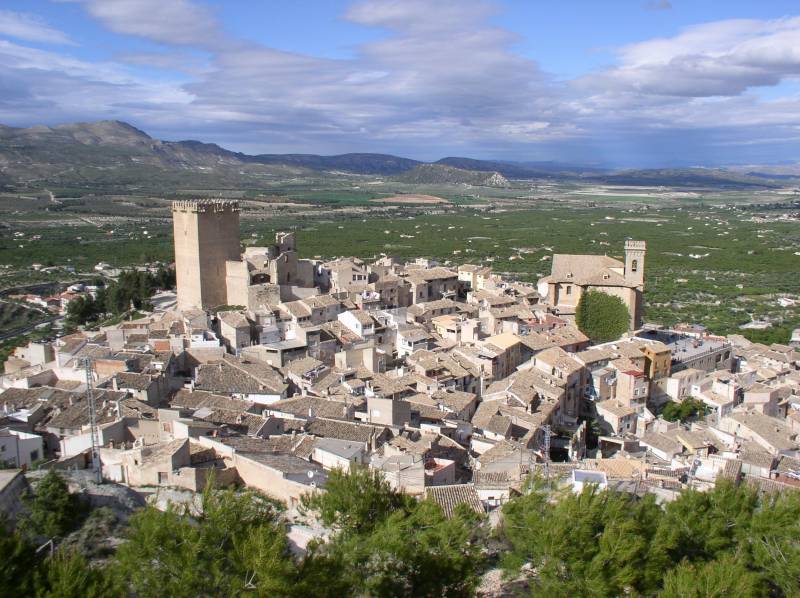 In the countryside of Moratalla is the highest point of the Region of Murcia in the Macizo de Revolcadores, at just over 2,000 metres above sea level, while back in the town after an excursion to the town you can tuck into the local speciality marzipan filled with egg yolk.
In the countryside of Moratalla is the highest point of the Region of Murcia in the Macizo de Revolcadores, at just over 2,000 metres above sea level, while back in the town after an excursion to the town you can tuck into the local speciality marzipan filled with egg yolk.
All this and more awaits you in the north-west of Murcia, whether you visit during the Holy Jubilee Year of Caravaca in 2024 or any other time!
For more information about the places mentioned in this article and the Holy Jubilee Year try the regional tourist board page dedicated to the Jubilee here.
Source: ITREM
Contact Murcia Today: Editorial 000 000 000 /
Office 000 000 000



